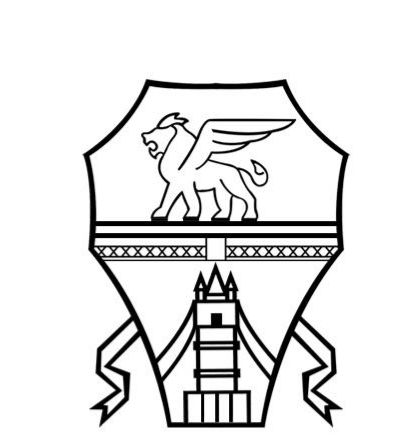Surely you too are struggling with SPAM every day: from advertising emails for products that don’t even remotely interest you, to comments on your blog containing inappropriate links.
But, precisely, what spam means?
Spam can take many forms and haunt you by different means.
And since it says “Know your enemy and you will know how to defeat him”, let’s see together what spam means.
What does spam mean
The word spam indicates junk advertising sent through e- mail messages , comments in blogs, posts on social networks and, in short, in all digital communication systems.
These are unwanted messages, with poor quality content, often generated and sent automatically and massively.
They can also have malicious and fraudulent purposes.
A curiosity about the origin of the word spam . In the 1970s there was a sketch set in an inn.
The waitress continually offered dishes based on SPAM, a very popular canned meat in Britain during the postwar period.
This insistence has been likened to the obsessive bombardment of unsolicited advertising and thus given the name spam .
Types of spam
To understand well what spam means, we must consider the various types of junk advertising that exist.
What advertising spam means
We all know the email spam, and we invaded it.
They are those messages email that offer products or services that we never asked.
These types of advertisements contain links to attract visitors to a site.
Sometimes these links are disguised in the sense that they seem to lead to a page and instead lead to something else.
This type of link is also sent as a comment to blog articles, as a social post, as a reply to a forum thread.
What does scam spam mean
Scam is a type of spam aimed at scam.
It concerns the theft of sensitive data with the aim of transferring sums of money to online accounts.
An example is an email like “Dearest, I’m an American veteran.
Help me transfer $ 500,000 from Uruguay to my US account … “
What phishing spam means
The phishing is a tricky way to get hold of sensitive data and passwords.
For example, the victim is persuaded to log in to his bank’s website, through emails and web pages that are extremely similar to the original ones.
However, instead of logging in, the data entered is transmitted to the attackers, who will have access to the victim’s account.
What malware spam means
Malware is harmful programs for computers, but it can also effect website.
They are sent via email as an attachment, with the extension changed from .exe to .doc or .pdf, to seem harmless file.
Sometimes there are links in the email that lead to infected sites.
Distinguish spam from newsletters
Sometimes we receive newsletters that we have never subscribed to and therefore we also consider them spam.
In fact, it would not be correct to define emails of this type as spam .
In fact, often, when we subscribe to a site, we consent to the sending of advertising emails , which sometimes can also come from third parties.
For this reason, always (always!) Be careful when you click on an “I agree” button!
Check carefully what you are giving your consent to.
Therefore, a distinction must be made between what spam means and what unwanted newsletters mean .
Spam is a message that we have never requested, while for the newsletter we have given our consent (even if we were not very careful).
There are some features that allow you to distinguish a spam message from a newsletter :
- the newsletter always has the unsubscribe link, usually at the bottom of the email ;
- the newsletter , if you have sent your information at registration, often insert your name at the beginning, while introducing the spam message with a generic “Dear Customer”;
- spam is full of grammatical and spelling errors, while the newsletter is more accurate.
Conclusion
Now that you understand what spam means and what the different types of spam are, it will be easier to protect you from malicious people.




